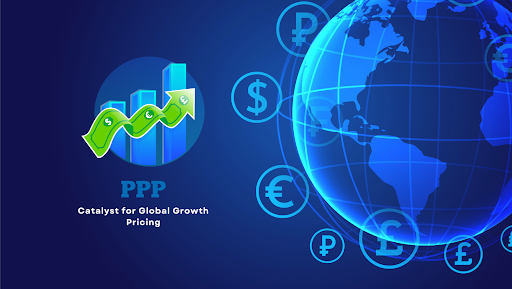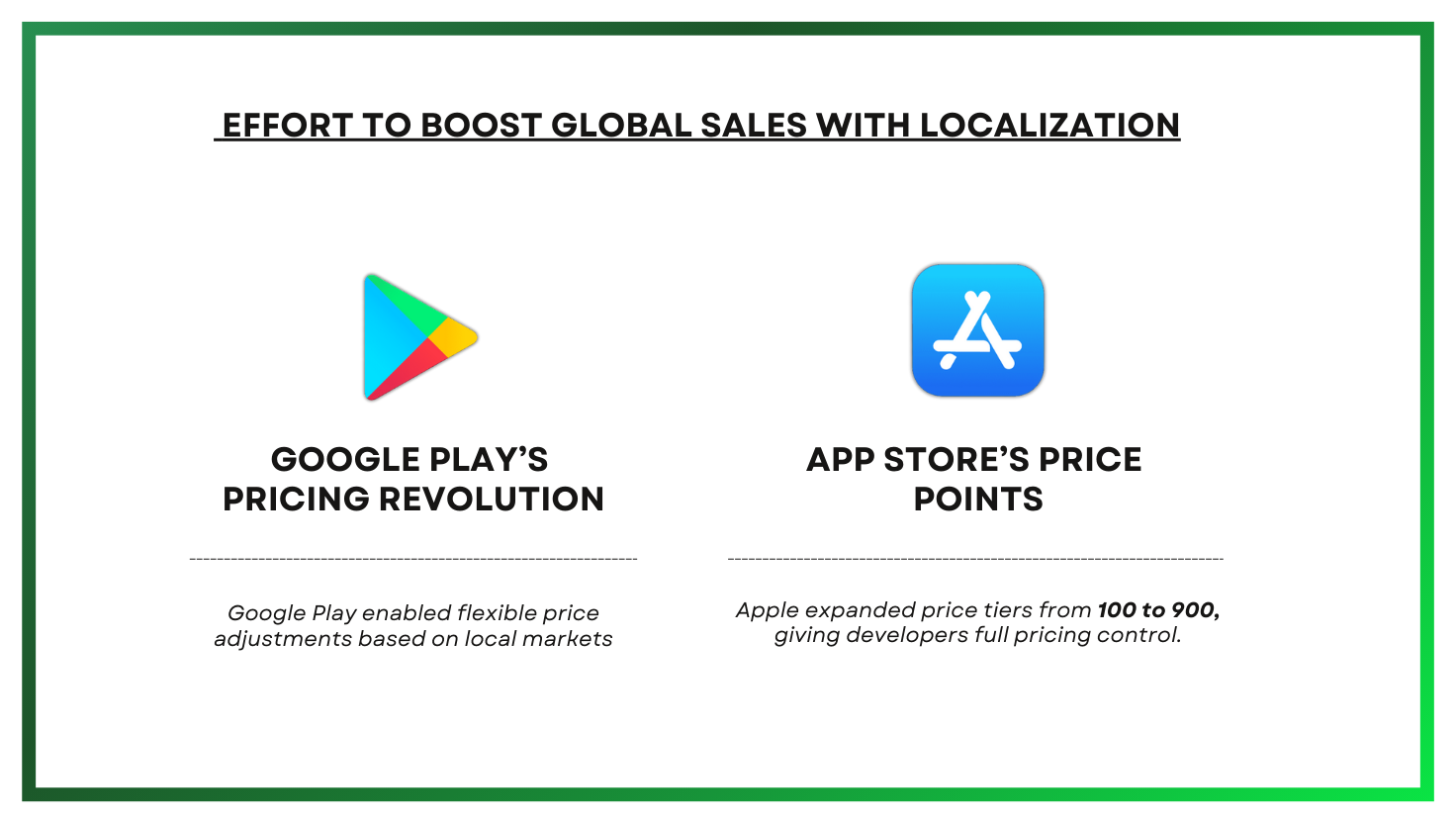Why Purchasing Power Parity Matters for Your Business?

Understanding Purchasing Power Parity (PPP)
Ever wondered what Purchasing Power Parity (PPP) is?
PPP is a method that compares the value of money in different countries by asking: “How much can a unit of currency buy locally?” Rather than just looking at exchange rates, PPP examines the cost of a basket of goods and services in each country. Purchasing Power Parity (PPP) is a way to compare the cost of the same good between two countries.
For example, Consider the example of a hamburger. In the United States, a hamburger might cost about $5. In India, a similar hamburger could cost around ₹100, which is approximately $1.20 when converted. This shows that while exchange rates might suggest one currency is stronger than another, the local cost of living and purchasing power can tell a different story.
Key Aspects of Purchasing Power Parity
1. The Basket of Goods Approach
PPP measures currency values by comparing the cost of a standardized basket of goods and services across different countries. This basket includes:
- Consumer products
- Essential services
- Other economic factors that affect real purchasing power
Using a diverse range of items ensures a comprehensive and fair price comparison between regions.
2. Exchange Rate Calculation
The PPP exchange rate is determined by dividing the price of an identical basket of goods in one country by the price of the same basket in another country. This helps adjust for price level differences between countries, offering a clearer understanding of true currency value.
Example: If a basket of goods costs $100 in the U.S. and £75 in the U.K., the PPP exchange rate would be 1 USD = 0.75 GBP. This means that $1 in the U.S. has the same purchasing power as 0.75 GBP in the U.K.
The formula for Exchange Rate under Purchasing Power Parity (PPP):
The exchange rate under PPP is determined by the ratio of the price levels of a fixed basket of goods and services in two different countries.
Exchange Rate (under PPP) = Price of Basket of Goods in Country A / Price of Basket of Goods in Country B Where:
- Country A is the base country (e.g., India).
- Country B is a foreign country (e.g., the US).
3. Applications of PPP in Business
PPP is widely used for:
- Comparing economic productivity across nations
- Adjusting GDP figures to reflect real purchasing power
- Setting fair localized pricing for international markets
- Determining currency valuation to aid global trade
For businesses, PPP helps create competitive pricing strategies that align with local economic conditions, ensuring affordability and maximizing revenue potential.
Why PPP Matters for Your Business
1. More Accurate Market Insights
By using PPP instead of simple exchange rates, businesses can better understand the true affordability of their products in different regions. This is essential for international expansion and price optimization.
2. Improved Pricing Strategies
Companies that adjust their pricing based on local purchasing power are more likely to see higher sales and better customer satisfaction. PPP ensures that products are not overpriced in low-income markets or underpriced in high-income markets.
3. Competitive Advantage in Global Markets
Adopting a PPP-based pricing model helps businesses gain an edge over competitors who may be using a one-size-fits-all pricing strategy. Tailoring prices based on local affordability increases market penetration and revenue potential.
Limitations of PPP
While PPP is a useful tool, it has some limitations:
- Does not account for local costs, tariffs, or taxes, which can affect final prices.
- Market fluctuations and external factors can create discrepancies between PPP-based pricing and real-world pricing.
- Varying levels of product availability and competition can distort pricing comparisons.
Despite these challenges, PPP remains one of the most effective methods for businesses to evaluate international pricing and economic performance.
Conclusion
Purchasing Power Parity (PPP) is a crucial concept for businesses looking to expand globally, optimize pricing strategies, and gain accurate insights into international markets. By leveraging PPP data, companies can create fair, competitive, and profitable pricing models tailored to different economic conditions worldwide.
Understanding and applying PPP effectively ensures that businesses remain adaptable, competitive, and customer-friendly in the ever-evolving global economy.
Use SurgeGrowth for Localized Pricing
Implementing localized pricing for mobile apps and games is super easy with SurgeGrowth.
You can create your index or use predefined ones (like PPP) to make your products affordable globally.




